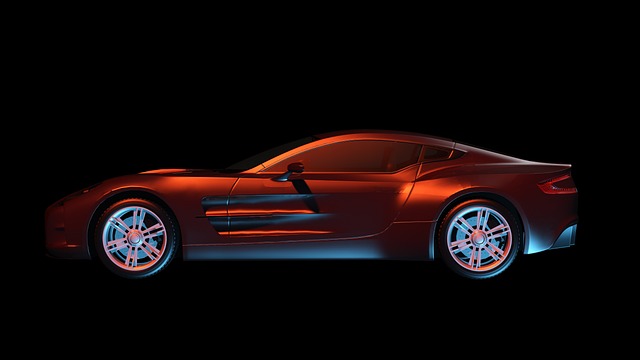Full coverage car insurance normally includes liability insurance, collision and comprehensive insurance. Here are details of each coverage.
Liability car insurance
Liability car insurance pays for injuries and property damage you accidentally cause to others with your vehicle. For example, if you accidentally crash into another car injuring the driver and damaging their car your liability insurance pays for their medical bills and their car repair costs, up to your policy’s limits. Liability coverage also covers court judgments or settlements and legal defense costs if you’re sued over a car accident.
Liability car insurance is displayed as three numbers, such as 50/100/50. These numbers stand for the maximum payout limit for each part of your liability coverage.
50/100/50 translates to:
- 50 refers to $50,000 of bodily injury liability per person injured in an accident.
- 100 refers to $100,000 of bodily injury liability in total for one auto accident.
- 50 refers to $50,000 of property damage liability per accident.
Your state will have a minimum amount of liability you must carry. Most state minimums are terribly insufficient, especially if you cause a severe or multi-car accident. It’s smart to buy higher limits, such as 100/300/100, to protect you better—and the assets that could be taken from you in a lawsuit.
Liability car insurance only covers those you cause harm to in an auto accident. Liability insurance doesn’t cover you, your passengers or your vehicle.
Collision and comprehensive coverage
The other main parts of a full coverage car insurance policy are collision and comprehensive coverage. They are separate coverages but are commonly sold together. Collision and comprehensive coverage pay to repair or replace your vehicle if it’s damaged in an accident or one by non-collision incidents.
Collision coverage. Pays to repair or replace your car if it collides with another vehicle or object, such as a fence or pole, regardless of fault. Collision insurance also pays for the upset of your vehicle, such as accidentally rolling down an embankment.
Comprehensive coverage. Pays to repair or replace your car if it’s stolen or damaged due to fire, vandalism, flood, hail, striking an animal, severe weather or falling objects.
For example, say your car slides on ice and hits a guardrail. Collision coverage would pay for the damage to your car (and your liability coverage would pay for the damaged guardrail).
If your car is pelted with hail and is riddled with dings, your comprehensive coverage would pay for repairs.
Both collision and comprehensive coverage have a deductible, such as $500 or $1,000. The deductible is the amount deducted from your claim check. For instance, if accident repairs cost $1,500 and you have a $500 deductible, your insurance claim payout will be $1,000.
Also, keep in mind that collision and comprehensive pay the depreciated value of your vehicle when you make a claim. That means the maximum claim payout for collision and comprehensive insurance is the value of your car, right before the accident or damage, if it’s totaled, minus your deductible.
Collision and comprehensive coverage aren’t required by any state, but if your car has a lease or loan on it, your lender will likely mandate you carry both coverages.
What other coverages may be included in a full coverage policy?
Some states mandate other coverages be part of your car insurance policy. Common state-required coverages include uninsured motorist coverage, personal injury protection coverage and medical payments.
Uninsured motorist coverage
Uninsured motorist coverage helps pay for injuries to you and your passengers and for damage to your car when the at-fault driver is uninsured. Normally, if you’re in an auto accident where the other driver is at fault, their bodily injury liability coverage would cover you and your passengers’ medical bills. However, if the person is driving without insurance, uninsured motorist coverage would help cover those medical expenses.
Uninsured motorist coverage is sold in limits that match your liability coverage. Some states require uninsured motorist coverage, while in others it’s optional.
Personal injury protection and medical payments
Personal injury protection coverage (PIP) helps cover the medical expenses of you and your passengers, no matter who caused the auto accident. PIP insurance also pays for lost wages and replacement services, such as child care if you’re unable to due to your injuries. Some states require PIP, while in others, it’s optional or not offered.
Medical payments coverage (MedPay) also helps pay medical bills associated with an auto accident for you and your passengers, regardless of fault. It’s required in a few states but optional in most, if offered at all.
To build out your full coverage car insurance policy even more, there are other types of car insurance coverages you can add on. Optional coverages that give you extra protection include rental reimbursement, roadside assistance and gap insurance.
Source: https://www.forbes.com/advisor/car-insurance/cheapest-full-coverage-car-insurance/



